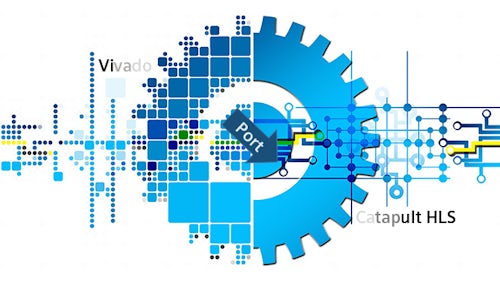Want to learn more about product lifecycle management (PLM) software? If you’re wondering how PLM can help you design and develop smart products -- including mechanical, electrical, electronic, and software components -- you may want to read this infographic. See how PLM on the cloud can help you manage your digital twin efficiently so you can bring innovative products to market, faster. Wondering whether cloud software-as-a-service (SaaS) delivery is right for you? PLM on the cloud gives you fast results with quick, cost-effective delivery.
What is PLM
See the value of PLM and how you can accelerate time-to-market, increase collaboration, and reduce risks by taking control of cross-domain designs across mechanical, electrical, electronic, and software design tools. Learn about the fundamentals of PLM, beyond design data management, to see how PLM can help you satisfy customer requirements to deliver products on-time and on-target.
What is PLM on the cloud
See the value of PLM delivered on the cloud for quick, cost-effective access for people anytime, anywhere.
What is PLM with Teamcenter X cloud SaaS delivery
Learn about Teamcenter X, and sign up for our free trial to experience cloud SaaS PLM for yourself.




